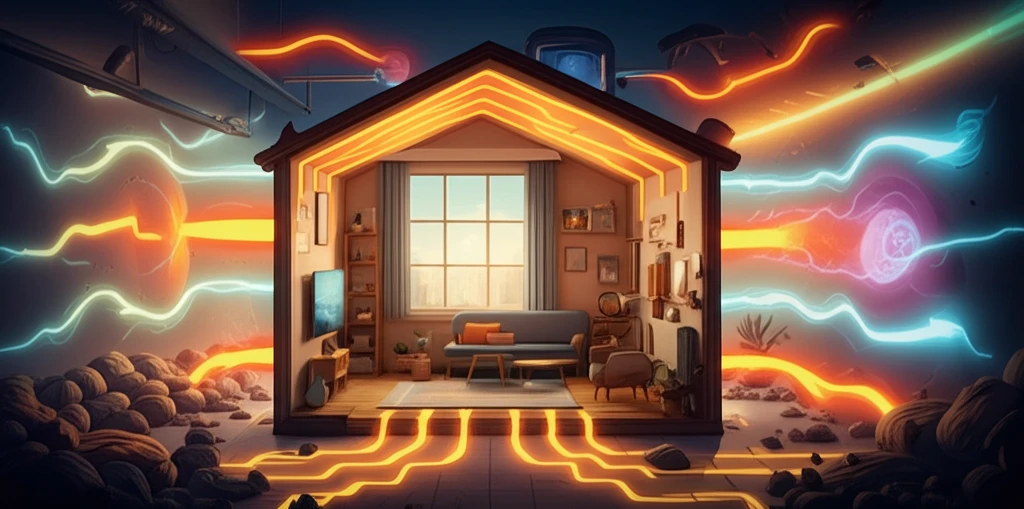
Is Your Home Properly Insulated? A Deep Dive into Thermal Insulation and Energy Efficiency
"Discover the science behind NIST's Standard Reference Material 1450 and how it impacts your comfort and energy bills."
Have you ever wondered why some homes feel cozy in winter and refreshingly cool in summer, while others struggle to maintain a comfortable temperature? The answer often lies within the walls, floors, and ceilings – in the quality and effectiveness of the thermal insulation. Thermal insulation acts as a barrier, slowing down the transfer of heat between the inside and outside, which can lead to substantial energy savings and increased comfort.
For decades, the National Institute of Standards and Technology (NIST) has been at the forefront of developing and analyzing thermal insulation materials. One of NIST's key contributions is the Standard Reference Material (SRM) 1450, a fibrous glass board used as a benchmark for thermal insulation measurements. This material helps ensure the accuracy of testing methods used by manufacturers and researchers, leading to better insulation products for consumers.
Recently, a retrospective analysis was conducted, diving deep into the data collected over 36 years on SRM 1450 and its subsequent versions. This analysis not only reaffirms the importance of the material but also provides valuable insights into the factors that affect thermal conductivity and energy efficiency in homes. Join us as we break down this research and explore how it impacts your life.
What's the Big Deal with SRM 1450? Understanding NIST's Benchmark Insulation

Before we delve into the latest analysis, it's essential to understand what SRM 1450 is and why it matters. SRM 1450 is a fibrous glass board, a high-density molded material designed to have specific, well-characterized thermal properties. NIST provides this material to various organizations so they can calibrate their testing equipment.
- Ensuring Accuracy: It helps to check and calibrate guarded-hot-plate apparatus and heat-flow-meter apparatus.
- Consistency: SRM 1450 offers a consistent standard.
- Industry Improvement:.
What Does This Mean for Your Home?
The research on SRM 1450 may seem highly technical, but it has real-world implications for homeowners. The more accurate and reliable the testing and characterization of insulation materials, the better the insulation products available on the market. By understanding the factors that affect thermal conductivity – such as density, temperature, and material composition – manufacturers can create more effective and energy-efficient insulation.
